A Wining Cost Estimate
That Helps You To Win More Plumbing Construction Projects
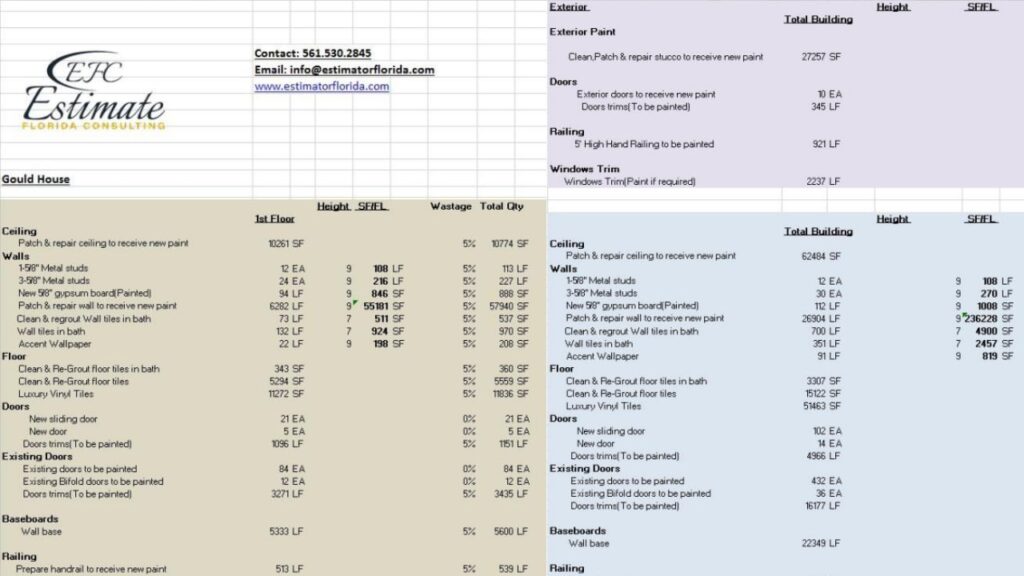
Plumbing renovations can upgrade energy efficiency, save you money, and protect the environment. These updates include replacing old pipes, fixing leaks, and installing new fixtures to reduce water usage. Estimate the cost of the upgrades first to know which changes to prioritize. Start by inspecting existing systems to understand what changes are necessary and how they’ll affect energy consumption. With the right planning and budgeting, you can enjoy the benefits of a sustainable plumbing system without hurting your wallet.
Lowering water usage is key to improving home energy efficiency. Replace outdated fixtures with low-flow alternatives, and install aerators on faucets. Also, address leaks; even minor ones waste a lot of water over time.
Upgrading to modern pipes designed for improved insulation is also an option. Copper pipes offer better heat retention than traditional galvanized steel pipes. For example, Frank replaced all his old pipes with copper ones since he had issues with temperature regulation in his house. Though more expensive than other materials like PVC or PEX plastic piping systems, the upgrade solved his problem and reduced his heating bills each month.
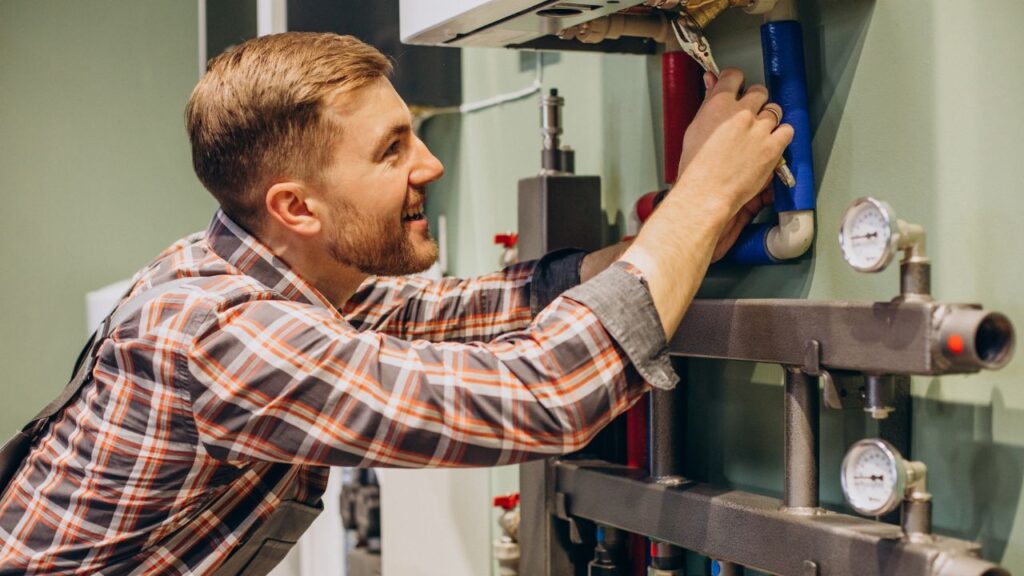
Homeowners can estimate the price of their plumbing renovation projects to enhance energy efficiency without going over budget. Plus, they protect natural resources at the same time. Sticker shock may be inevitable, but long-term savings will be worth it. Or you could just keep taking cold showers – your call!
To understand how the cost of your plumbing system upgrades may change, you need to be aware of specific factors. In order to take care of your plumbing system with energy efficiency in mind, you should consider the Type of Plumbing System Upgrade, Size and Complexity of Plumbing System, Location of Plumbing System Upgrade, and Type of Insulation Required for Plumbing System Upgrades. Let’s explore each of these and how they may affect the cost of your plumbing upgrades.

When it comes to plumbing system upgrades, the type matters. Different upgrades require different levels of materials and expertise, and can cost more. Take a look at this table:
Upgrade Type | Examples | Average Cost |
|---|---|---|
Pipe Replacement | Copper, PVC, PEX | $2,500-$10,000 |
Fixture Upgrades | Toilets, sinks, showers/bathtubs | $300-$3,000 |
Water Heater Replacement | Tankless or traditional models | $800-$4,000 |
Sewer Line Repair/Replacement | Excavation or trenchless repair methods | $3,000-$15,000 |
From the table, we can see the cost of upgrades vary greatly. For example, replacing entire piping system with copper pipes is $2,500-$10k, while replacing toilets is $300-$3k. It’s important to understand the details of each upgrade to budget properly. Plus, these averages will change, depending on factors like location, and contractor experience. Home Advisor reports that in 2019, the average cost of plumbing repairs was $174-$455, with common troubles costing over $500. Plumbing upgrades: small pipes, big wallets!
The size and complexity of a plumbing system affects its upgrade costs. A larger, more complex system needs more resources, time, and expertise than a smaller, simpler one. Pipe material, location, accessibility, and age also factor in.
Water heating systems, filtration mechanisms and multiple fixtures can increase costs too. Plumbing prone to leaks or other issues may need more work before upgrades start.
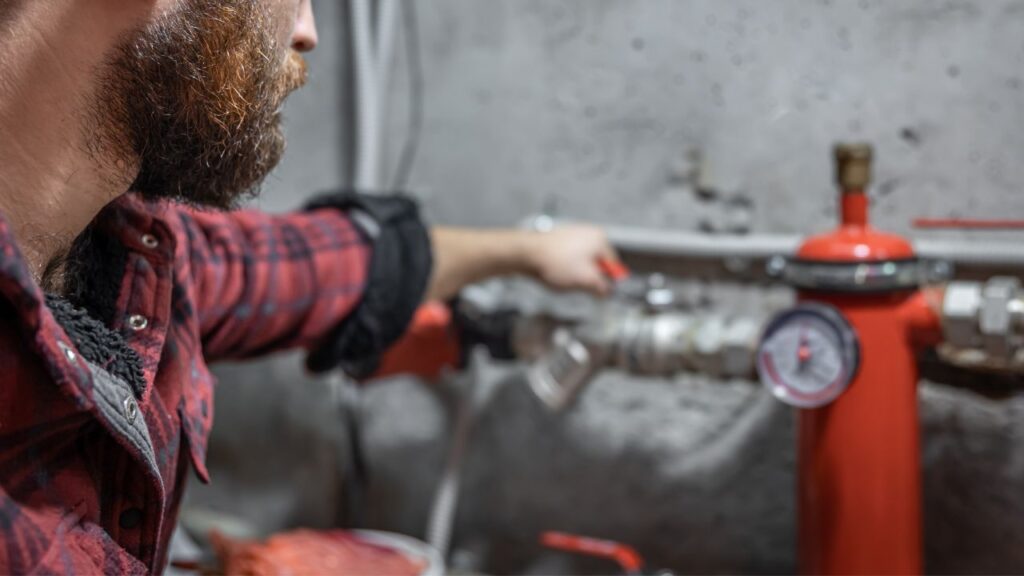
To save money, repair components if you can. Upgrading efficient showerheads and faucets can reduce water use and utility bills. Proper maintenance of existing plumbing can extend its lifespan, avoiding expensive upgrades.
Accurately assessing the size and complexity of a plumbing system is key for estimating upgrade expenses. Proactive prevention or early maintenance can cut future repair or replacement costs. Your wallet will thank you!
Upgrading a plumbing system can be costly; the location plays a big role. Home or commercial? Residential area or industrial zone? This affects the work needed.
Residential might mean replacing worn pipes, fitting new fixtures and dealing with water pressure/drainage. Commercial requires heavier-duty pipes and more complex systems.
Access to plumbing channels and pipes also matters. Replacing pipes behind walls may mean opening up walls and ceilings – adding labour costs.
Quality of materials can’t be ignored either. Low-quality products could cause damage or fail prematurely. Manta (online resource) says most homeowners spend $450-$1500 on plumbing repairs.
Why not opt for high-quality insulation, to save on costs?
We help contractors find new customers with high-converting websites and locally targeted niche-specific lead-generation programs. You’ll never need to worry about running out of work again! We focus on quality over quantity with our leads for contractors.
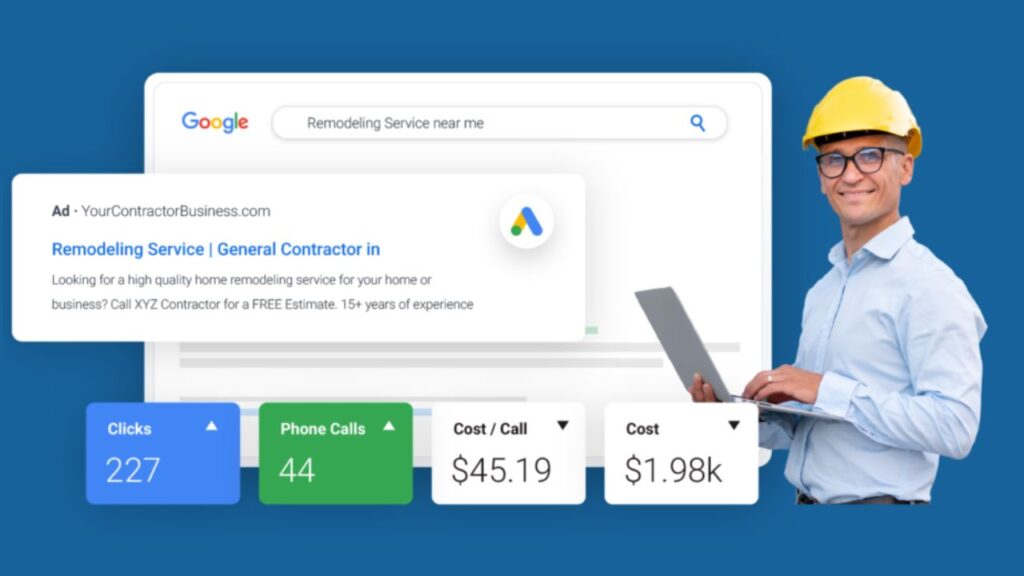
Cost-saving is key when upgrading plumbing systems. To decide what type of insulation to use, it’s important to consider factors like climate, budget, and where the pipes are located.
Create a table to make it easier:
Factors | Recommended Insulation |
|---|---|
Climate | Fiberglass/Foam board |
Budget | Mineral wool/Cellulose |
Pipe Location | Spray foam/Reflective foil |
Think about the benefits each insulation offers – like soundproofing or moisture resistance. And remember, the more efficient the insulation, the more you can save in the long run.
Do research and consider eco-friendly alternatives. Upgrade for energy efficiency and enjoy the long-term savings. Or, keep your wallet thin and your showers chilly!
To estimate the cost of plumbing system upgrades for energy efficiency, start with a plumbing system audit to find inefficiencies. Analyze the plumbing system upgrade requirements to identify what upgrades are needed. Obtain quotes from contractors to determine costs. These steps aim to help you estimate the price of plumbing system upgrades for energy efficiency accurately.
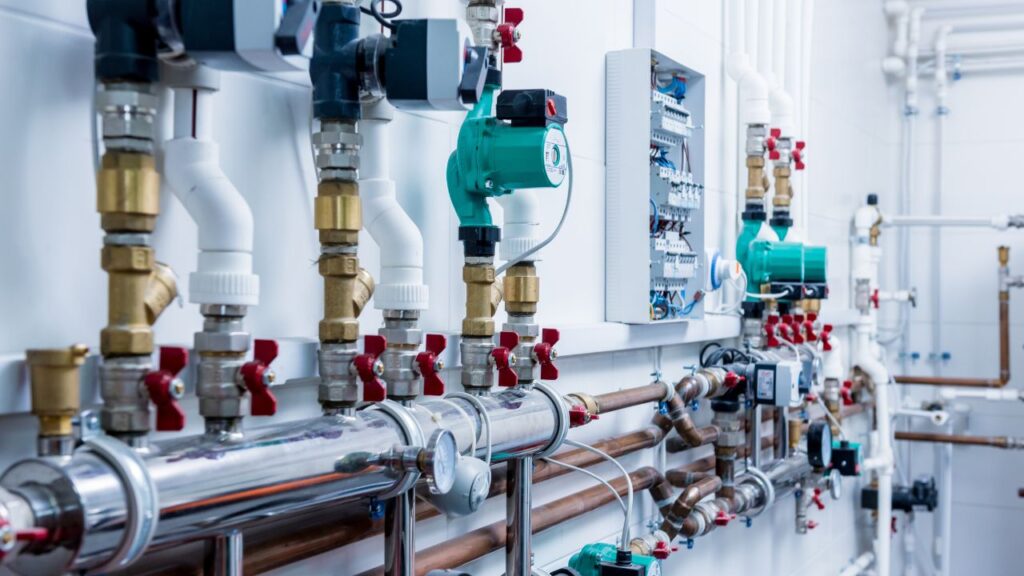
Let’s plumber up and figure out the energy-efficiency level of a plumbing set-up!
A plumbing system audit is necessary to assess the energy-efficiency level and find out which areas need an upgrade. This includes examining water flow, distribution, supply, drainage, and heating.
Here are five steps to help you conduct a plumbing energy audit:
You’ll need specialized equipment and innovative techniques like infrared imaging to detect hidden problems in pipes.
Upgrading a plumbing setup might be pricey initially. But it could save a lot of money in the long run by conserving energy. Low-flow showerheads are great green plumbing options that result in more economic savings. The US Environmental Protection Agency (EPA) states that using low-flow showerheads could reduce annual water bills by 20%.

Conducting a thorough analysis is necessary to assess plumbing system upgrades for energy efficiency. Examine the current system and identify areas to improve. Key factors to consider are listed in the table below.
Factor | Description |
|---|---|
Water Efficiency | Low-flow fixtures and usage monitoring systems |
Pipe Material | Check if material is durable, energy-efficient, and environmentally friendly |
Insulation | Inspect insulation around pipes and install new insulation |
Maintenance | Regular maintenance to prevent leaks and blockages |
A water audit can help lower water consumption and wastewater fees. Upgrades can reduce energy costs by up to 25%. The EPA estimates commercial buildings could save $3.9 billion annually through water-efficient practices.
Finding reasonable prices from plumbing companies is tough. It’s like searching for a needle in a haystack full of overpriced ones.
Wanting to make your plumbing system more energy efficient? Get quotes from specialists! Here are 3 important points to keep in mind:
Remember, some contractors may charge for consultations. Ask if that’s the case. Pro Tip: Ask questions and get rid of any worries with your contractor. Doing so might help you get a more accurate estimate.
Make your plumbing system energy efficient and save money on bills – laugh at your ex’s high-maintenance ways!
To upgrade your plumbing system for energy efficiency, you need to be mindful of the costs involved. In order to help you plan better, we will discuss cost-effective plumbing system upgrades for energy efficiency, including installing low-flow showerheads and faucets, insulating hot water pipes, upgrading to a high-efficiency water heater, and installing a tankless water heater.
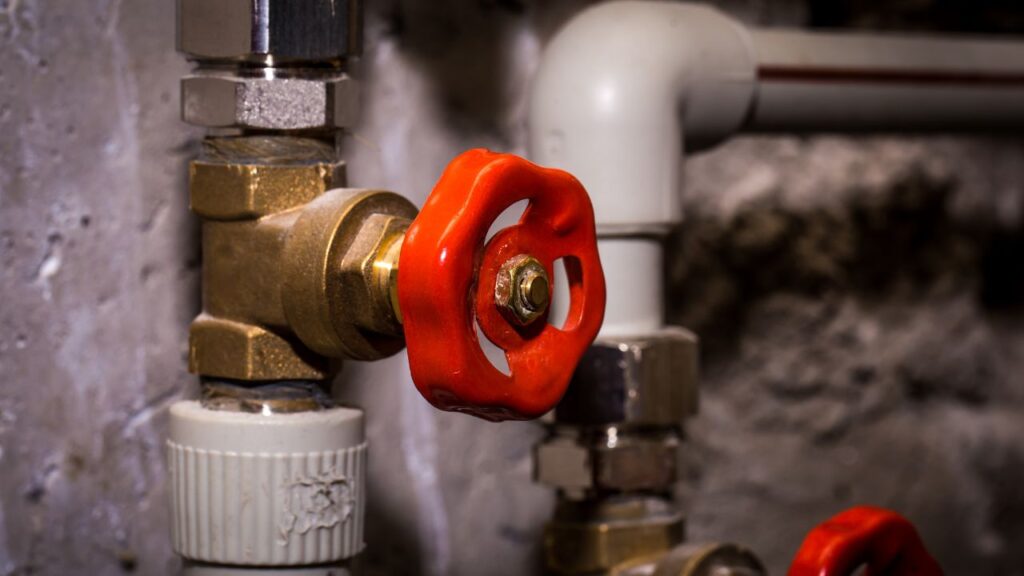
To save energy, get flow-limiting showerheads and faucets. Here’s how to install them:
Not only do these fixtures save energy, but they reduce monthly water bills, conserve resources, and stop waste. Also, pick products with GPM levels below industry thresholds that still have good pressure control.
You can reduce water use further by taking shorter showers or turning off the tap when brushing teeth. Inspect plumbing systems yearly for maintenance. And keep hot water pipes warm without cuddling them at night!
Maximize your plumbing construction business’s potential with our competitive financing options

Transform your plumbing system! Insulate your hot water pipes now to save energy, resources and money. Here’s a five-step guide:
This method only takes minimal time and cash, and lasts up to 10 years. It decreases heat escape from hot water piping systems, improving comfort levels in buildings and reducing energy bills. So, don’t miss out on these substantial long-term benefits – start insulating your hot water pipes today!
Are you ready to upgrade your water heating system? Let’s consider the cost-saving and energy efficiency benefits.
Energy Star rated models can save up to $308 over its lifetime. Heat pump water heaters can save around $300 per year compared to electric storage tanks. Gas-powered tankless water heaters provide hot water without end. Solar water heaters use the sun’s heat, saving up to 50% on monthly bills.
Switching to a high-efficient heater offers reliable performance and cuts energy consumption and carbon footprint. The US Department of Energy says energy-efficient heating systems can reduce energy usage by 30%. So why wait for a hot shower? Install a tankless water heater and be the envy of your shower-singing neighbors!
Are you ready to upgrade your water heating system? Let’s consider the cost-saving and energy efficiency benefits.
Energy Star rated models can save up to $308 over its lifetime. Heat pump water heaters can save around $300 per year compared to electric storage tanks. Gas-powered tankless water heaters provide hot water without end. Solar water heaters use the sun’s heat, saving up to 50% on monthly bills.
Switching to a high-efficient heater offers reliable performance and cuts energy consumption and carbon footprint. The US Department of Energy says energy-efficient heating systems can reduce energy usage by 30%. So why wait for a hot shower? Install a tankless water heater and be the envy of your shower-singing neighbors!

Plumbing system upgrades are key for cost-effective solutions. They help in reducing energy bills and contribute to the reduction of carbon footprints. Plus, they make sure your plumbing system works without any leaks or damage.
Upgrading your plumbing system can save you up to 30% on water bills and 10-20% on energy bills each year. This lowers maintenance costs and increases the lifespan of your plumbing system. Plus, it creates a healthier and safer living environment by preventing water-borne diseases.
Remember that different types of plumbing systems need different approaches for energy efficiency. For example, some old homes may need replacement piping systems. Others may just need minor modifications like installing low-flow faucets or showerheads.
States that homeowners usually spend $174-$4500 on average to upgrade their plumbing systems. This amount varies based on labor costs and material expenses.
Upgrading your plumbing system for energy efficiency can help reduce your utility bills, conserve water, and be environmentally friendly.
The cost of upgrading your plumbing system for energy efficiency depends on several factors, such as the type of fixtures and appliances you want to install, the size of your home, and the complexity of the installation. It is best to consult with a licensed plumbing contractor for an accurate estimate.
Yes, there are often rebates and incentives available from local utility companies or government programs for upgrading to energy-efficient plumbing systems. It is recommended to research and apply for any available programs prior to making upgrades.
The amount of money you can save on your utility bills depends on the specific upgrades you make to your plumbing system and how much you use your plumbing fixtures and appliances. However, it is not uncommon for homeowners to save hundreds of dollars per year on utility bills after upgrading to energy-efficient systems.
Some popular energy-efficient plumbing upgrades include installing low-flow toilets and showerheads, replacing old water heaters with tankless models, and using high-efficiency appliances like dishwashers and washing machines.
The length of time it takes to upgrade a plumbing system for energy efficiency depends on the specific upgrades being made and the complexity of the installation. Simple upgrades like installing low-flow fixtures can be done in a few hours, while larger upgrades like replacing a water heater can take a full day or more.
Here I am going to share some steps to get your plumbing construction cost estimate report.
You can send us your plan on info@estimatorflorida.com
Before starting your project, we send you a quote for your service. That quote will have detailed information about your project. Here you will get information about the size, difficulty, complexity and bid date when determining pricing.
We do plumbing construction cost estimating and prepare a detailed report for your project. At last, you finalize the report and finish the project.
561-530-2845
info@estimatorflorida.com
Address
5245 Wiles Rd Apt 3-102 St. Pete Beach, FL 33073 United States
561-530-2845
info@estimatorflorida.com
Address
5245 Wiles Rd Apt 3-102 St. Pete Beach, FL 33073 United States
All copyright © Reserved | Designed By V Marketing Media | Disclaimer
IMPORTANT: Make sure the email and cell phone number you enter are correct. We will email and text you a link to get started.
By clicking “I Agree” above you give Estimate Florida Consultin express written consent to deliver or cause to be delivered calls and messages to you by email, telephone, pre-recorded message, autodialer, and text. Message and data rates may apply. You are able to opt-out at any time. You can text STOP to cancel future text messages.